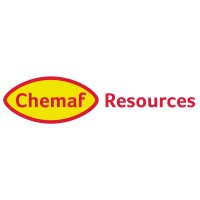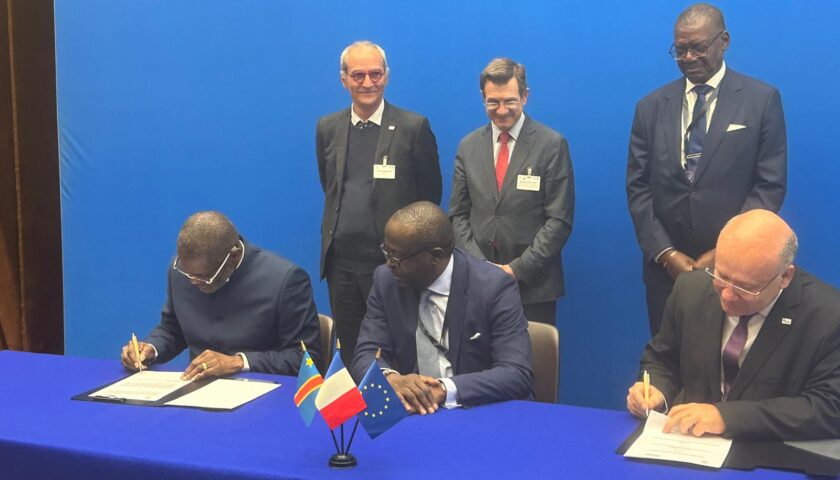Freeport’s stock fell nearly 16% after its plan to move into energy was announced Wednesday and investors, it appears, would have preferred it sticks to what it knows best.
(Reuters) – Thursday , 06 Dec 2012
Freeport-McMoRan Copper & Gold Inc’s decision to diversify into energy highlights the dearth of attractive options available in copper, its main business, but few competitors are likely to follow its lead into unfamiliar territory.
Unlike many miners, Freeport – the world’s largest listed copper producer – has roots in oil and gas. That made it easier for the U.S.-based miner to take its leap of faith in search of high margins.
Even so, Freeport’s $9 billion play for Plains Exploration & Production and McMoRan Exploration Co shows that even industry giants are finding copper a challenge as mines age, grades decline and costs rise.
Freeport-McMoRan Copper & Gold was spun-off as a stand-alone entity in the mid-1990s from Freeport-McMoRan Inc, which back in the day also controlled the company now known as McMoRan Exploration.
Investors, it appears, blanched at the latest move and apparently would have preferred Freeport to stick to what it knows best. The stock tumbled nearly 16 percent after the plan was announced on Wednesday.
But experts say Freeport may have had few alternatives: there simply are not many known “Tier 1” copper assets left to gobble up, particularly in accessible locations.
“We are seeing the quality of available copper asset out there in the market declining and what assets that are out there, a lot of them are saddled with one problem or another,” said Alex Terentiew, a mining analyst with Raymond James.
“I do think (the deal) could partly reflect that the miners are starting to look elsewhere.”
Instead, Freeport opted to turn its sights on higher-margin energy production even though its diversification dilutes its exposure to China’s infrastructure boom.
“People have to make these big money decisions based on where they get the best return,” said Ed Meir, a metals market analyst at INTL FCStone.
“They’re obviously not seeing it in copper as much as they think they’ll see it in energy, and that tells you something.”
COPPER WOES
Copper demand has soared in the last 40 years, but production has barely managed to keep up. Miners have faced extreme weather, labor disruptions and operational hiccups.
Grade decline has also hit the industry hard, particularly in traditional copper areas such as Chile, the world’s top producer. The grade at Chile’s Escondida mine, for example, dropped to 0.97 percent at the end of last year from 1.72 percent in 2007.
Meanwhile, new deposits with attractive grades have turned up in ever-more remote locations, from Mongolia to the Democratic Republic of Congo.
Add in sky-high development costs, challenges with securing staff and equipment, and it is becoming very difficult for companies to justify the development of many copper projects.
“Potentially Freeport was looking at a declining price curve as well as limited growth options apart from its current slate of projects, and views oil and gas as having better exploration and overall growth potential via volume and price,” Nomura analysts said. “From this perspective, the deal strategically makes sense to us.”
Still, the angry opposition from shareholders echoes the backlash that top gold miner Barrick Gold Corp faced in 2011 when it bid C$7.3 billion to take out copper producer Equinox Minerals.
Barrick’s stock tumbled as investors, hungry for exposure to gold, exited en masse. Aaron Regent was ousted as chief executive a year later, taking the fall for the poor performance by shares in the wake of the deal.
OUTSIDE THE BOX
To be sure, Freeport is not the first miner to take the plunge into energy.
It follows a path blazed by BHP Billiton Ltd, the world’s largest diversified miner. Oil and gas has been one of the company’s most profitable divisions, b u t its diversification has not been problem-free: it took a $2.8 billion writedown on some of its shale assets earlier this year.
A second company is Canada’s Teck Resources Ltd, which mainly mines copper, coal and zinc. It has stakes in two development-stage projects in the Alberta oil sands.
While there is little chance of either project going into production before 2017, the company considers its energy assets a key part of its long-term growth strategy.
Another is Glencore, the commodities trader in the final stages of combining with miner Xstrata. Glencore has already moved into oil production and could be hungry for more.
While Freeport’s move into oil and gas may be unpopular now, over time it may prove to be the best option, especially as China’s economy matures.
“Copper is clearly one asset that a developing country uses relatively early,” said Michael Widmer, a metals market analyst with Bank of America-Merrill Lynch. “Copper demand growth is coming under pressure. You’re seeing competitors adjust their portfolio towards later stage commodities.”
“Energy is one you can see countries using more of as they grow.”
($1 = 0.9930 Canadian dollar)



